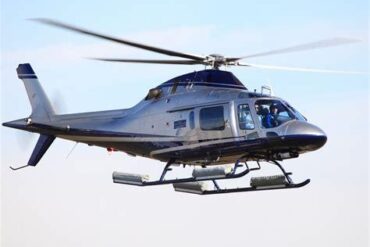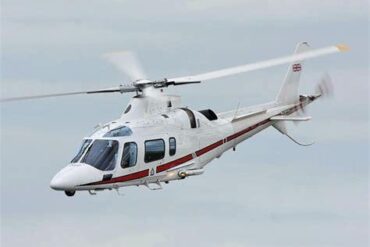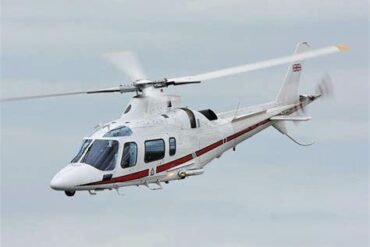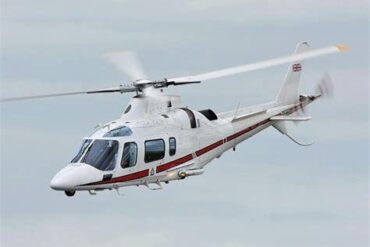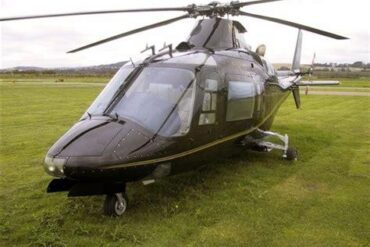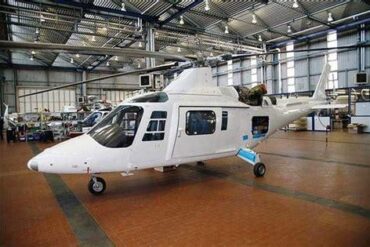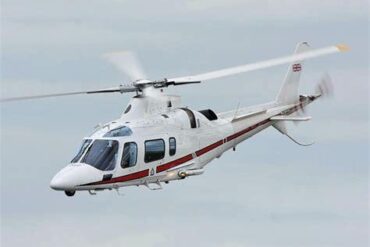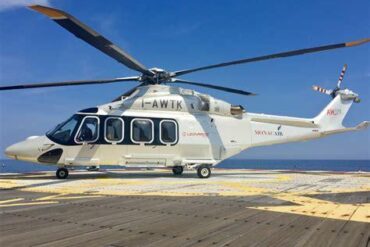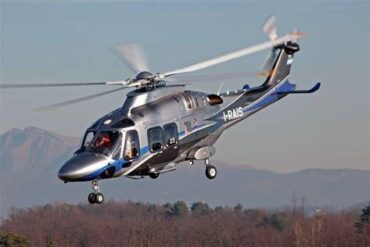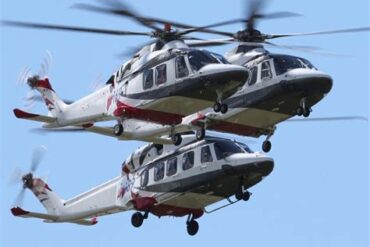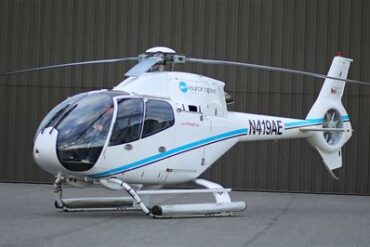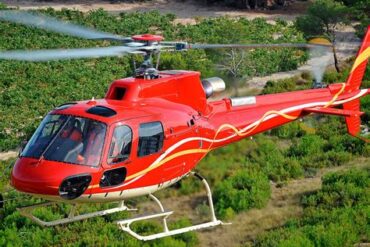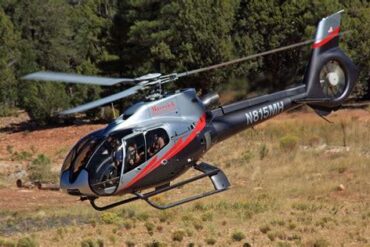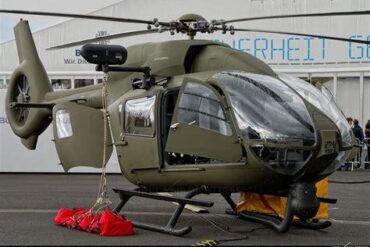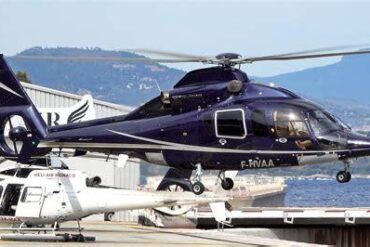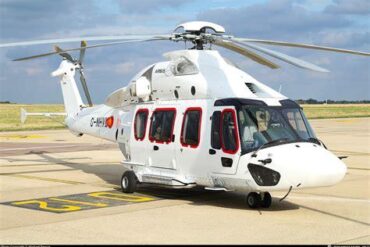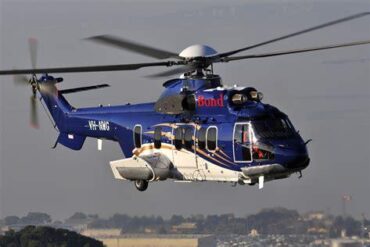The Leonardo AW119 Koala is a versatile, single-engine helicopter that has gained a reputation for its exceptional performance, reliability, and efficiency in various operational environments. This article delves into the price and operating costs associated with the AW119 Koala, providing potential buyers and operators with the necessary information to make informed decisions.
Overview of the AW119 Koala
The AW119 Koala is designed and manufactured by Leonardo, formerly known as AgustaWestland. It is characterized by its advanced aerodynamics, state-of-the-art avionics, and a spacious cabin that can accommodate up to six passengers comfortably. With a maximum takeoff weight of approximately 3,175 kg (6,988 lbs), the AW119 Koala is ideal for various applications, including VIP transport, emergency medical services (EMS), law enforcement, and utility missions. Its performance capabilities make it a preferred choice for operators seeking a reliable and cost-effective helicopter solution.
Price of the AW119 Koala
The initial purchase price of the AW119 Koala is a crucial factor for operators considering this helicopter. As of the latest available data, the base price of a new AW119 Koala typically ranges between $3 million and $3.5 million. However, several factors can influence this price:
1. Customization Options
Buyers often have the option to customize their AW119 Koala with various features and equipment tailored to specific operational needs. These options may include enhanced avionics, upgraded seating configurations, specialized medical equipment for EMS operations, and more. Customizations can significantly impact the overall cost, potentially adding $500,000 or more to the base price.
2. Purchase Agreements and Financing
Operators should also consider the terms of the purchase agreement, including financing options. Many manufacturers offer attractive financing plans that can influence the overall cost structure of acquiring the AW119 Koala. Leasing options are also available for those who prefer not to make a large upfront investment, providing flexibility and financial relief.
3. Market Demand
The helicopter market is influenced by various economic factors, including supply and demand dynamics. As demand for the AW119 Koala rises, prices may fluctuate accordingly. Additionally, potential buyers should monitor market trends and consult with brokers or manufacturers for the most accurate pricing information.
Operating Costs of the AW119 Koala
Understanding the operating costs of the AW119 Koala is essential for assessing its long-term financial viability. Operating costs encompass several key components:
1. Fuel Costs
Fuel expenses are one of the most significant recurring costs associated with operating a helicopter. The AW119 Koala is powered by the Pratt & Whitney Canada PT6B-37A engine, which offers a fuel consumption rate of approximately 80-100 liters per hour. Assuming an average fuel price of $3 per liter, operators can expect fuel costs to range from $240 to $300 per flight hour. This estimation may vary based on operational conditions and flying style.
2. Maintenance Costs
Regular maintenance is vital to ensuring the safety and reliability of the AW119 Koala. Annual maintenance costs typically range between $150,000 and $200,000. This figure includes routine inspections, component replacements, and compliance with airworthiness directives. Factors influencing maintenance costs include:
-
Flight hours: The more the helicopter is flown, the higher the maintenance costs will be due to wear and tear.
-
Operational environment: Flying in challenging conditions, such as extreme temperatures or high altitudes, can lead to increased maintenance needs.
-
Maintenance program: Operators can choose from various maintenance programs, including manufacturer warranties and third-party services, which may affect costs.
3. Insurance Costs
Insurance is a crucial aspect of operating any aircraft. The insurance premiums for the AW119 Koala depend on several factors, including:
-
Geographical area: Operating in higher-risk regions may lead to increased premiums.
-
Pilot experience: Insurers may charge lower premiums for highly experienced pilots.
-
Usage: The intended use of the helicopter (e.g., commercial vs. private) will also influence insurance costs.
As a general guideline, operators should budget approximately $20,000 to $40,000 annually for insurance coverage.
4. Crew Costs
Operating the AW119 Koala requires at least one pilot, and many operators choose to employ additional crew members for safety and efficiency. Crew costs vary widely based on experience and location but can average around $70,000 to $120,000 per year per pilot. Additional crew members, such as medical personnel for EMS operations, can further increase this cost.
5. Hangar and Storage Fees
Depending on the location, hangar and storage fees for the AW119 Koala can also contribute to operating costs. These fees may range from $500 to $2,000 per month, depending on the facility’s location and amenities.
6. Miscellaneous Costs
Other costs associated with operating the AW119 Koala may include:
-
Training: Pilots and crew members require regular training, which can add to operational expenses.
-
Landing fees: Fees charged by airports or heliports for landing and takeoff.
-
Flight planning services: Utilizing professional flight planning services may incur additional costs.
Cost Summary
To provide a clearer picture of the operating costs associated with the AW119 Koala, the following table summarizes the estimated annual expenses based on typical usage:
| Cost Category | Estimated Annual Cost |
|---|---|
| Fuel Costs | $60,000 – $90,000 |
| Maintenance Costs | $150,000 – $200,000 |
| Insurance Costs | $20,000 – $40,000 |
| Crew Costs | $70,000 – $120,000 |
| Hangar Fees | $6,000 – $24,000 |
| Miscellaneous Costs | $10,000 – $20,000 |
| Total Operating Costs | $316,000 – $504,000 |
Factors Influencing Operating Costs
Several factors can influence the overall operating costs of the AW119 Koala:
1. Utilization Rate
The more frequently the helicopter is used, the more predictable the operating costs will be. Regular use can help spread fixed costs over a larger number of flight hours, reducing the overall cost per hour.
2. Geographic Location
Operating in urban areas may lead to higher fuel, insurance, and storage costs due to demand and local regulations. Conversely, rural areas may offer lower operating costs but could involve longer travel times to service areas.
3. Mission Profile
The specific mission profile significantly impacts costs. For example, EMS operations may incur higher maintenance and crew costs due to the need for specialized training and equipment. In contrast, a helicopter primarily used for leisure flights may have different cost considerations.
Conclusion
The Leonardo AW119 Koala presents an attractive option for operators seeking a versatile and efficient helicopter. While the initial purchase price ranges between $3 million and $3.5 million, understanding the operating costs—which can total between $316,000 and $504,000 annually—is crucial for assessing the long-term viability of this aircraft. By considering the factors influencing both purchase and operating costs, potential buyers can make informed decisions that align with their operational needs and financial objectives. Ultimately, the AW119 Koala’s blend of performance, reliability, and cost-effectiveness makes it a formidable choice in the competitive helicopter market.


